N,N,N,N-四甲基胍,1,1,3,3-Tetramethylguanidine,99%
产品编号:Sigma-241768| CAS NO:80-70-6| MDL NO:MFCD00008323| 分子式:(CH3)2NC(=NH)N(CH3)2| 分子量:115.18
本网站销售的所有产品仅用于工业应用或者科学研究等非医疗目的,不可用于人类或动物的临床诊断或者治疗,非药用,非食用,
| 产品名称 | N,N,N,N-四甲基胍 |
|---|---|
| 英文名称 | 1,1,3,3-Tetramethylguanidine,99% |
| CAS编号 | 80-70-6 |
| 产品熔点 | -30 °C |
| 产品沸点 | 163.2±9.0 °C at 760 mmHg |
| 产品密度 | 0.9±0.1 g/cm3 |
| 产品闪点 | 60.0±0.0 °C |
| 精确质量 | 115.110947 |
| PSA | 30.33000 |
| LogP | 0.41 |
| 外观性状 | 透明液体 |
| 蒸气压 | 2.1±0.3 mmHg at 25°C |
| 折射率 | 1.456 |
| 溶解性 | miscible |
| 稳定性 | Stable. Combustible. Incompatible with strong oxidizing agents, mineral and organic acids, carbon dioxide. Air-sensitive. |
| 储存条件 | 2-8°C |
相关文档
化学品安全说明书(MSDS)
下载MSDS质检证书(COA)
相关产品
| 符号 |
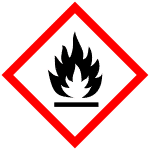
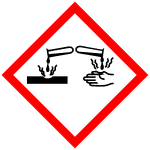

GHS02, GHS05, GHS07 |
|---|---|
| 信号词 | Danger |
| 危害声明 | H226-H302-H314 |
| 警示性声明 | P280-P305 + P351 + P338-P310 |
| 个人防护装备 | Faceshields;full-face respirator (US);Gloves;Goggles;multi-purpose combination respirator cartridge (US);type ABEK (EN14387) respirator filter |
| 危害码 (欧洲) | C:Corrosive; |
| 风险声明 (欧洲) | R10;R20/22;R34 |
| 安全声明 (欧洲) | S26-S27-S36/37/39-S45-S16 |
| 危险品运输编码 | UN 2920 8/PG 2 |
| WGK德国 | 1 |
| 包装等级 | II |
| 危险类别 | 8 |
| 海关编码 | 2942000000 |
Synonym:Non Section 2 - COMPOSITION, INFORMATION ON INGREDIENTS
Risk Phrases: 34 Section 3 - HAZARDS IDENTIFICATION EMERGENCY OVERVIEW
Causes burns.Corrosive. Potential Health Effects Eye: Causes eye burns. Skin: Causes skin burns. Ingestion: Causes gastrointestinal tract burns. Inhalation: Causes chemical burns to the respiratory tract. Inhalation may be fatal as a result of spasm, inflammation, edema of the larynx and bronchi, chemical pneumonitis and pulmonary edema. Chronic: Not available. Section 4 - FIRST AID MEASURES Eyes: Immediately flush eyes with plenty of water for at least 15 minutes, occasionally lifting the upper and lower eyelids. Get medical aid. Skin: Get medical aid immediately. Immediately flush skin with plenty of water for at least 15 minutes while removing contaminated clothing and shoes. Ingestion: Do not induce vomiting. If victim is conscious and alert, give 2-4 cupfuls of milk or water. Get medical aid immediately. Inhalation: Get medical aid immediately. Remove from exposure and move to fresh air immediately. If not breathing, give artificial respiration. If breathing is difficult, give oxygen. Notes to Physician: Treat as a caustic agent. Section 5 - FIRE FIGHTING MEASURES General Information: As in any fire, wear a self-contained breathing apparatus in pressure-demand, MSHA/NIOSH (approved or equivalent), and full protective gear. Will burn if involved in a fire. Extinguishing Media: In case of fire, use water, dry chemical, chemical foam, or alcohol-resistant foam. Section 6 - ACCIDENTAL RELEASE MEASURES General Information: Use proper personal protective equipment as indicated in Section 8. Spills/Leaks: Absorb spill with inert material (e.g. vermiculite, sand or earth), then place in suitable container. Section 7 - HANDLING and STORAGE Handling: Use spark-proof tools and explosion proof equipment. Do not breathe dust, vapor, mist, or gas. Do not get in eyes, on skin, or on clothing. Use only in a chemical fume hood. Storage: Keep away from sources of ignition. Store in a cool, dry place. Store in a tightly closed container. Section 8 - EXPOSURE CONTROLS, PERSONAL PROTECTION Engineering Controls: Use adequate ventilation to keep airborne concentrations low. Exposure Limits CAS# 80-70-6: Personal Protective Equipment Eyes: Wear chemical goggles and a face shield if splashing is possible. Skin: Wear appropriate protective gloves to prevent skin exposure. Clothing: Wear appropriate protective clothing to minimize contact with skin. Respirators: Follow the OSHA respirator regulations found in 29 CFR 1910.134 or European Standard EN 149. Use a NIOSH/MSHA or European Standard EN 149 approved respirator if exposure limits are exceeded or if irritation or other symptoms are experienced. Section 9 - PHYSICAL AND CHEMICAL PROPERTIES Physical State: Liquid Color: Not available. Odor: Mild ammoniacal odor pH: Not available. Vapor Pressure: .26 hPa @ 25 deg C Viscosity: mPas 20 deg C Boiling Point: 160 - 162 deg C @ 760.00mm Hg Freezing/Melting Point: <-30 deg C Autoignition Temperature: 350 deg C ( 662.00 deg F) Flash Point: 60 deg C ( 140.00 deg F) Explosion Limits, lower: Not available. Explosion Limits, upper: Not available. Decomposition Temperature: Solubility in water: miscible with water Specific Gravity/Density: .9180g/cm3 Molecular Formula: C5H13N3 Molecular Weight: 115.18 Section 10 - STABILITY AND REACTIVITY Chemical Stability: Stable at room temperature in closed containers under normal storage and handling conditions. Conditions to Avoid: Incompatible materials, ignition sources. Incompatibilities with Other Materials: Strong oxidizing agents - strong acids - acid chlorides - acid anhydrides. Hazardous Decomposition Products: Nitrogen oxides, carbon monoxide, carbon dioxide. Hazardous Polymerization: Has not been reported. Section 11 - TOXICOLOGICAL INFORMATION RTECS#: CAS# 80-70-6 unlisted. LD50/LC50: Not available. Carcinogenicity: 1,1,3,3-Tetramethylguanidine - Not listed by ACGIH, IARC, or NTP. Section 12 - ECOLOGICAL INFORMATION Section 13 - DISPOSAL CONSIDERATIONS Dispose of in a manner consistent with federal, state, and local regulations. Section 14 - TRANSPORT INFORMATION IATA Shipping Name: CORROSIVE LIQUID, FLAMMABLE, N.O.S.* Hazard Class: 8 (3) UN Number: 2920 Packing Group: II IMO Shipping Name: CORROSIVE LIQUID, FLAMMABLE, N.O.S. Hazard Class: 8 (3) UN Number: 2920 Packing Group: II RID/ADR Shipping Name: CORROSIVE LIQUID, FLAMMABLE, N.O.S. Hazard Class: 8 UN Number: 2920 Packing group: II Section 15 - REGULATORY INFORMATION European/International Regulations European Labeling in Accordance with EC Directives Hazard Symbols: C Risk Phrases: R 34 Causes burns. Safety Phrases: S 25 Avoid contact with eyes. S 36/37/39 Wear suitable protective clothing, gloves and eye/face protection. S 45 In case of accident or if you feel unwell, seek medical advice immediately (show the label where possible). WGK (Water Danger/Protection) CAS# 80-70-6: 2 Canada CAS# 80-70-6 is listed on Canada's DSL List. CAS# 80-70-6 is not listed on Canada's Ingredient Disclosure List. US FEDERAL TSCA CAS# 80-70-6 is listed on the TSCA inventory. SECTION 16 - ADDITIONAL INFORMATION N/A |
|
~% 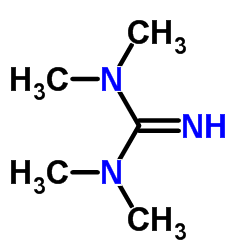
80-70-6 |
| 文献:Journal of Organic Chemistry, , vol. 72, # 11 p. 4067 - 4072 |
|
~% 
80-70-6 |
| 文献:Journal of the American Chemical Society, , vol. 98, p. 1870 - 1875 |
|
~% 
80-70-6 |
| 文献:US6683198 B1, ; Page column 3-4 ; |
|
~% 
80-70-6 |
| 文献:Hoppe-Seyler's Zeitschrift fuer Physiologische Chemie, , vol. 141, p. 141 |
|
~% 
80-70-6 |
| 文献:Hoppe-Seyler's Zeitschrift fuer Physiologische Chemie, , vol. 141, p. 141 |
| 上游产品 5 | |
|---|---|
| 下游产品 10 | |

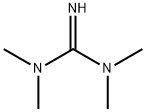
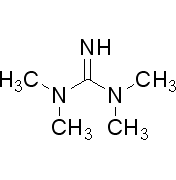
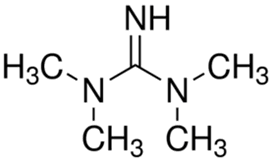

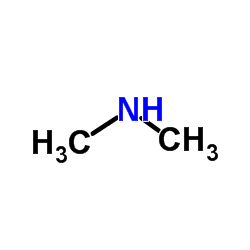
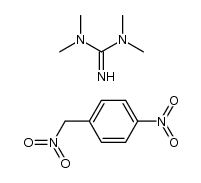
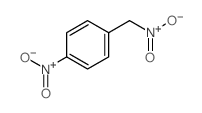
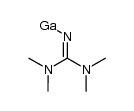



![[4-(dimethylamino)phenyl]-(4-fluorophenyl)methanone结构式](/20230522/16574-54-2.png)
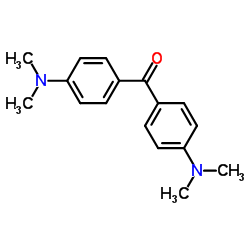
![2-bis[bis(dimethylamino)methylideneamino]phosphanyl-1,1,3,3-tetramethylguanidine结构式](/20230522/210483-30-0.png)
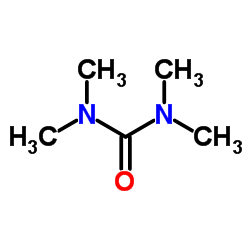
![N-[bis(dimethylamino)methylidene]benzamide结构式](/20230522/29166-74-3.png)
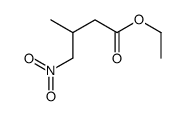
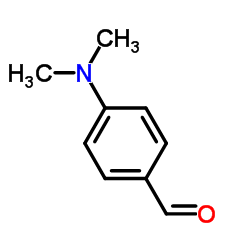
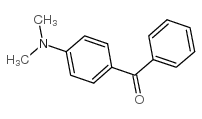
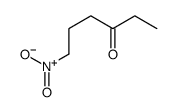





 浙公网安备 33010802013016号
浙公网安备 33010802013016号